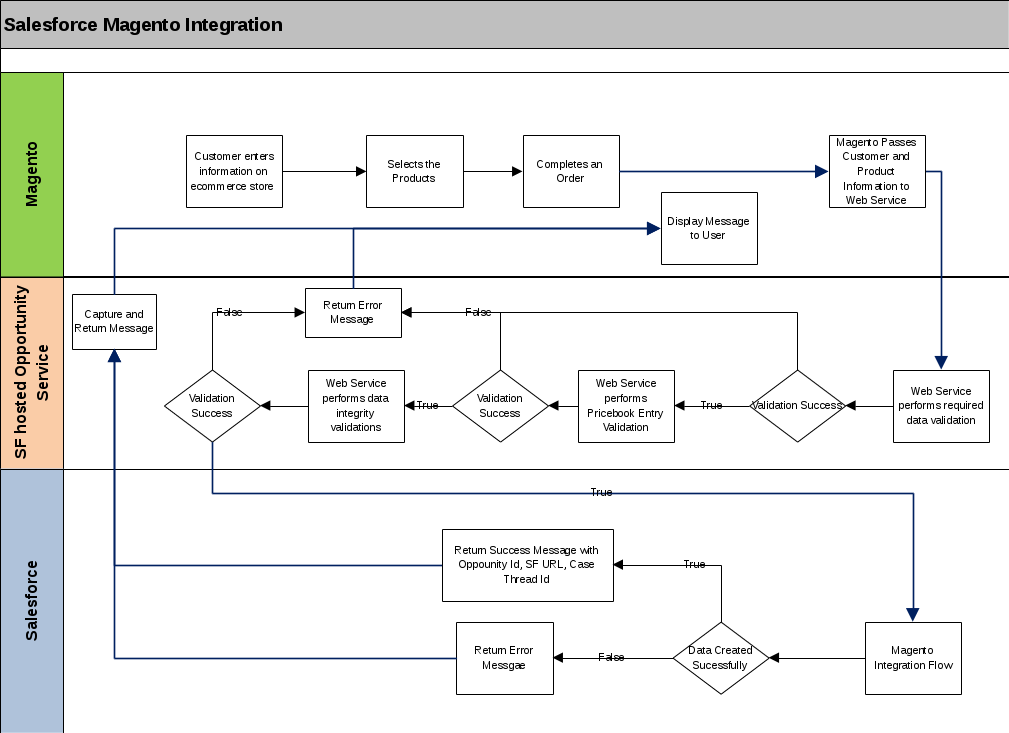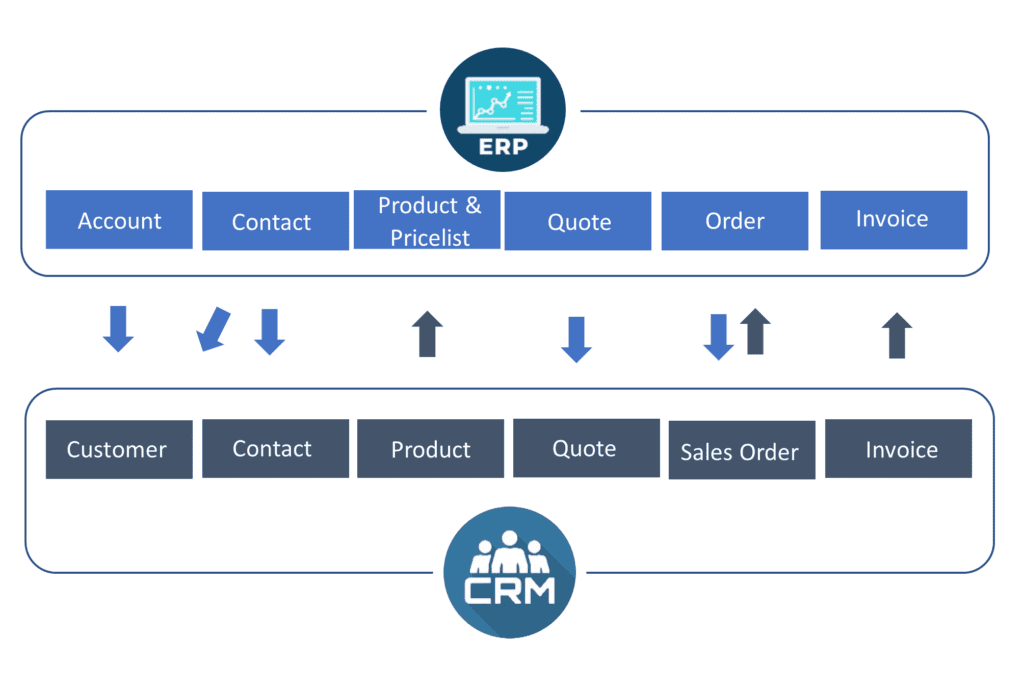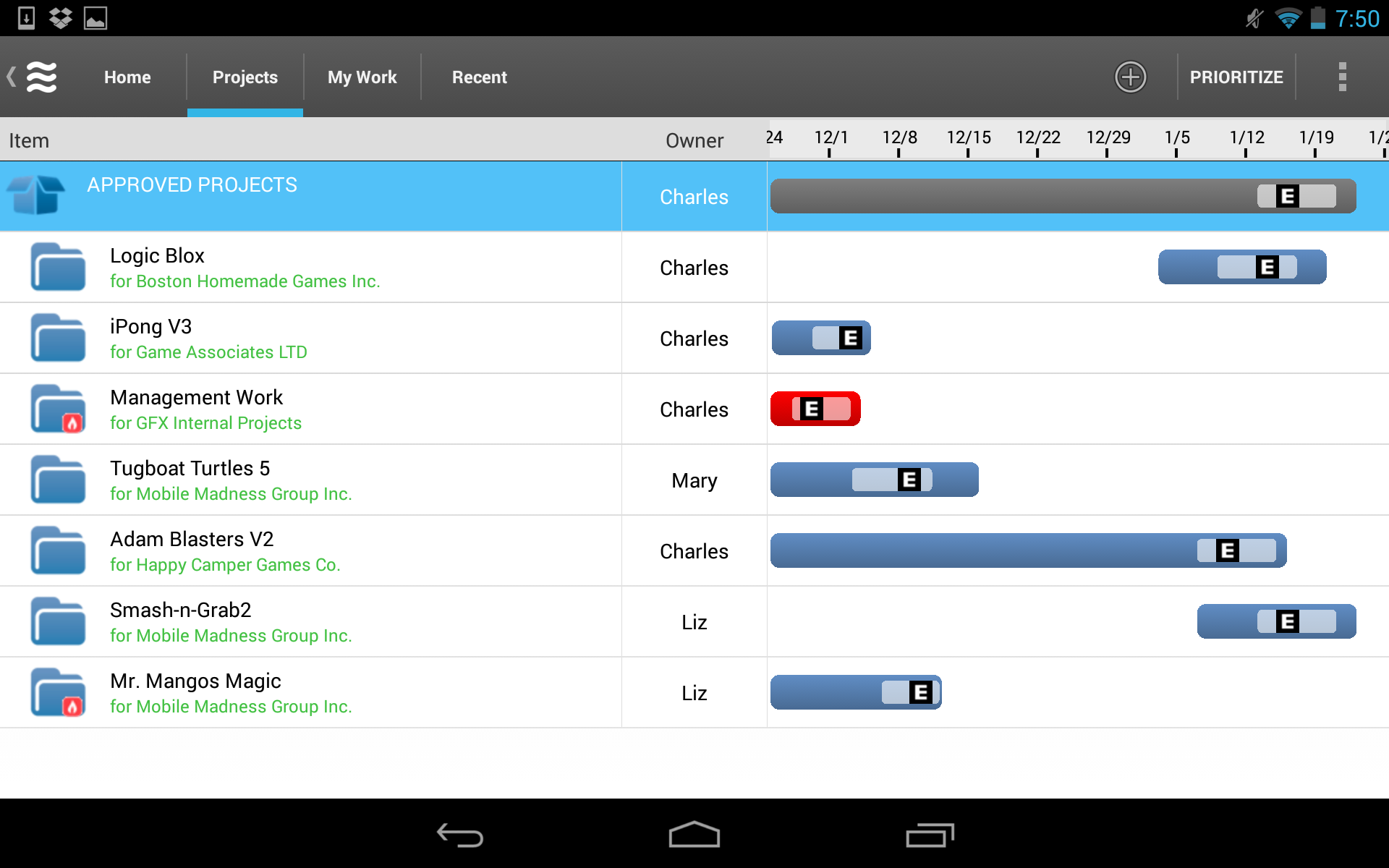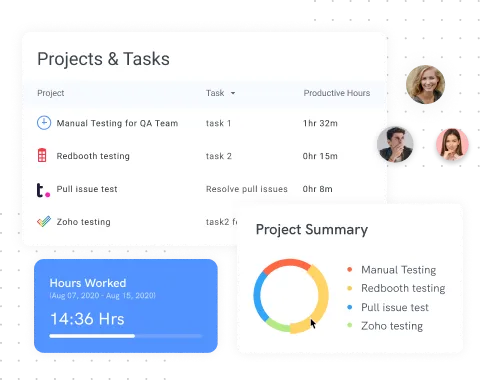
Unlocking Efficiency: The Power of CRM Integration with Flow
In today’s fast-paced business environment, streamlining operations and maximizing productivity are paramount. One of the most effective ways to achieve this is by integrating your Customer Relationship Management (CRM) system with your workflow automation tools. This powerful combination allows you to automate repetitive tasks, improve data accuracy, and enhance overall efficiency. This article delves into the intricacies of CRM integration with flow, exploring its benefits, implementation strategies, and real-world examples to help you harness its full potential.
Understanding the Core Concepts: CRM and Flow
What is CRM?
Customer Relationship Management (CRM) is a technology that helps businesses manage and analyze customer interactions and data throughout the customer lifecycle. A robust CRM system centralizes customer information, allowing businesses to track leads, manage sales pipelines, provide excellent customer service, and personalize marketing efforts. Popular CRM platforms include Salesforce, HubSpot, Zoho CRM, and Microsoft Dynamics 365.
What is Flow?
Workflow automation tools, often referred to as “flow” tools, enable businesses to automate tasks and processes. These tools use a visual interface to create workflows that trigger actions based on specific events or conditions. Flow tools can integrate with a wide range of applications, enabling data transfer and automated processes across various business functions. Examples of flow tools include Zapier, Microsoft Power Automate (formerly Microsoft Flow), and Make (formerly Integromat).
The Synergy: Why CRM Integration with Flow Matters
The integration of CRM and flow tools creates a synergistic effect, where the strengths of each system are amplified. Here’s why this integration is so crucial:
- Enhanced Automation: Automate repetitive tasks like data entry, lead qualification, and email notifications, freeing up valuable time for your team to focus on more strategic initiatives.
- Improved Data Accuracy: Eliminate manual data entry errors and ensure data consistency across all systems.
- Increased Efficiency: Streamline processes and reduce the time it takes to complete tasks, leading to faster turnaround times and improved productivity.
- Better Customer Experience: Personalize customer interactions by triggering automated actions based on customer behavior and preferences.
- Data-Driven Insights: Gain a holistic view of your customer data by integrating information from your CRM and other business applications.
- Reduced Costs: Minimize manual labor and operational expenses by automating tasks and optimizing processes.
Common Use Cases: Real-World Examples of CRM Integration with Flow
The possibilities of CRM integration with flow are virtually limitless. Here are some common use cases:
Lead Management
Automate the lead qualification process by:
- Automatically creating new leads in your CRM when a contact submits a form on your website.
- Enriching lead data with information from third-party sources.
- Sending automated email sequences to nurture leads and guide them through the sales funnel.
- Assigning leads to the appropriate sales representatives based on predefined criteria.
Sales Automation
Streamline your sales process by:
- Automatically creating and updating opportunities in your CRM when a lead reaches a certain stage in the sales pipeline.
- Sending automated email notifications to sales reps when a deal is closed or a task is due.
- Generating sales reports and dashboards to track performance and identify areas for improvement.
Customer Service Automation
Enhance customer support by:
- Automatically creating support tickets in your CRM when a customer submits a request via email or a contact form.
- Routing support tickets to the appropriate agents based on the issue type or customer segment.
- Sending automated responses to acknowledge customer inquiries and provide updates on the status of their tickets.
- Triggering follow-up surveys after support interactions to gather feedback and improve customer satisfaction.
Marketing Automation
Personalize your marketing campaigns by:
- Segmenting your customer database based on demographics, behavior, and purchase history.
- Sending targeted email campaigns to specific customer segments.
- Tracking email opens, clicks, and conversions to measure campaign performance.
- Automatically updating customer profiles in your CRM based on their engagement with your marketing materials.
Data Synchronization
Ensure data consistency across your systems by:
- Automatically syncing contact information between your CRM and other business applications, such as email marketing platforms and accounting software.
- Updating customer records in real-time when changes are made in any of your integrated systems.
- Creating automated backups of your CRM data to protect against data loss.
Choosing the Right Tools: Selecting Your CRM and Flow Platform
The first step in integrating your CRM with flow is selecting the right tools for your business needs. Consider the following factors:
CRM Platform
- Features and Functionality: Does the CRM offer the features and functionality you need to manage your customer relationships effectively? Consider features such as lead management, sales automation, customer service, and reporting.
- Scalability: Can the CRM scale to accommodate your growing business needs?
- Integrations: Does the CRM integrate with other business applications you use, such as email marketing platforms, accounting software, and social media platforms?
- User-Friendliness: Is the CRM easy to use and navigate?
- Pricing: Does the CRM fit within your budget?
Flow Platform
- Integrations: Does the flow platform integrate with your CRM and other business applications?
- Ease of Use: Is the flow platform easy to use and understand? Does it offer a visual interface for creating workflows?
- Automation Capabilities: Does the flow platform offer the automation capabilities you need, such as data transfer, conditional logic, and scheduled tasks?
- Pricing: Does the flow platform fit within your budget?
Some popular CRM and flow platform combinations include:
- Salesforce and Zapier: A powerful combination for automating tasks and integrating with a wide range of applications.
- HubSpot and Zapier: Ideal for businesses that want a comprehensive marketing and sales platform with robust automation capabilities.
- Zoho CRM and Zoho Flow: A cost-effective solution for small and medium-sized businesses.
- Microsoft Dynamics 365 and Microsoft Power Automate: A comprehensive platform for businesses that use Microsoft products.
Step-by-Step Guide: Implementing CRM Integration with Flow
Once you’ve chosen your CRM and flow platforms, you can begin the integration process. Here’s a step-by-step guide:
1. Define Your Goals and Objectives
Before you begin, clearly define your goals and objectives for the integration. What do you want to achieve? What processes do you want to automate? What problems are you trying to solve?
2. Identify the Key Data Points and Processes
Determine which data points and processes need to be integrated. What data needs to be transferred between your CRM and other applications? What tasks need to be automated?
3. Choose Your Integration Method
There are several ways to integrate your CRM with flow. You can use:
- Native Integrations: Some CRM and flow platforms offer native integrations that make it easy to connect the two systems.
- API-Based Integrations: Use APIs (Application Programming Interfaces) to build custom integrations between your CRM and flow platform.
- Third-Party Integration Platforms: Use third-party integration platforms, such as Zapier or Make, to connect your CRM and flow platform.
4. Set Up Your Integrations
Follow the instructions provided by your CRM and flow platforms to set up your integrations. This may involve connecting your accounts, mapping data fields, and configuring triggers and actions.
5. Test Your Integrations
Thoroughly test your integrations to ensure they are working as expected. Verify that data is being transferred correctly and that automated tasks are being executed successfully.
6. Monitor and Optimize
Once your integrations are live, monitor them regularly to ensure they are functioning properly. Make adjustments and optimize your workflows as needed to improve performance and efficiency.
Tips for Success: Best Practices for CRM Integration with Flow
Here are some best practices to ensure a successful CRM integration with flow:
- Start Small: Begin with a small number of integrations and gradually expand as you gain experience.
- Document Your Workflows: Document your workflows to make it easier to troubleshoot issues and train new users.
- Use Conditional Logic: Use conditional logic to create more sophisticated workflows that can handle complex scenarios.
- Test Thoroughly: Test your integrations thoroughly before deploying them to your live environment.
- Monitor Your Integrations: Monitor your integrations regularly to ensure they are functioning properly.
- Stay Updated: Keep your CRM and flow platforms updated to take advantage of the latest features and security enhancements.
- Seek Expert Help: If you’re struggling with the integration process, consider seeking help from a consultant or IT professional.
Troubleshooting Common Issues
Even with careful planning, you may encounter issues during the CRM integration process. Here are some common problems and how to resolve them:
Data Mapping Errors
Incorrect data mapping can lead to data inconsistencies and errors. Double-check your data mappings to ensure that the correct fields are being mapped to the appropriate destinations.
Trigger Issues
Triggers may not always fire as expected. Verify that your triggers are configured correctly and that the conditions for triggering the workflow are being met.
API Rate Limits
Some APIs have rate limits that restrict the number of requests you can make in a given period. If you exceed the rate limits, your integrations may fail. Consider batching your requests or using a different API.
Authentication Problems
Authentication problems can prevent your integrations from connecting to your CRM and flow platforms. Verify that your credentials are correct and that you have the necessary permissions.
Workflow Errors
Workflow errors can occur for various reasons, such as incorrect configurations or data validation issues. Review your workflow logs to identify the cause of the error and troubleshoot accordingly.
The Future of CRM Integration with Flow
The integration of CRM and flow tools is constantly evolving. As technology advances, we can expect to see even more sophisticated integrations that offer:
- Artificial Intelligence (AI) Integration: AI-powered workflows will be able to automate more complex tasks and provide more intelligent insights.
- Enhanced Personalization: CRM and flow tools will be able to personalize customer interactions even further, using data to tailor experiences to individual needs and preferences.
- Predictive Analytics: Predictive analytics will be used to forecast customer behavior and identify opportunities for sales and marketing.
- Seamless Integrations: Integrations will become even easier to set up and manage, with more native integrations and user-friendly interfaces.
- Greater Automation: Automation will expand to cover a wider range of business functions, from finance and operations to human resources.
Conclusion: Embrace the Power of Integration
CRM integration with flow is a game-changer for businesses seeking to optimize their operations, improve customer experiences, and drive growth. By leveraging the power of these two technologies, you can automate tasks, streamline processes, and gain valuable insights into your customer data. By following the guidelines and best practices outlined in this article, you can successfully implement CRM integration with flow and unlock its full potential. Embrace the power of integration and transform your business for the better!


